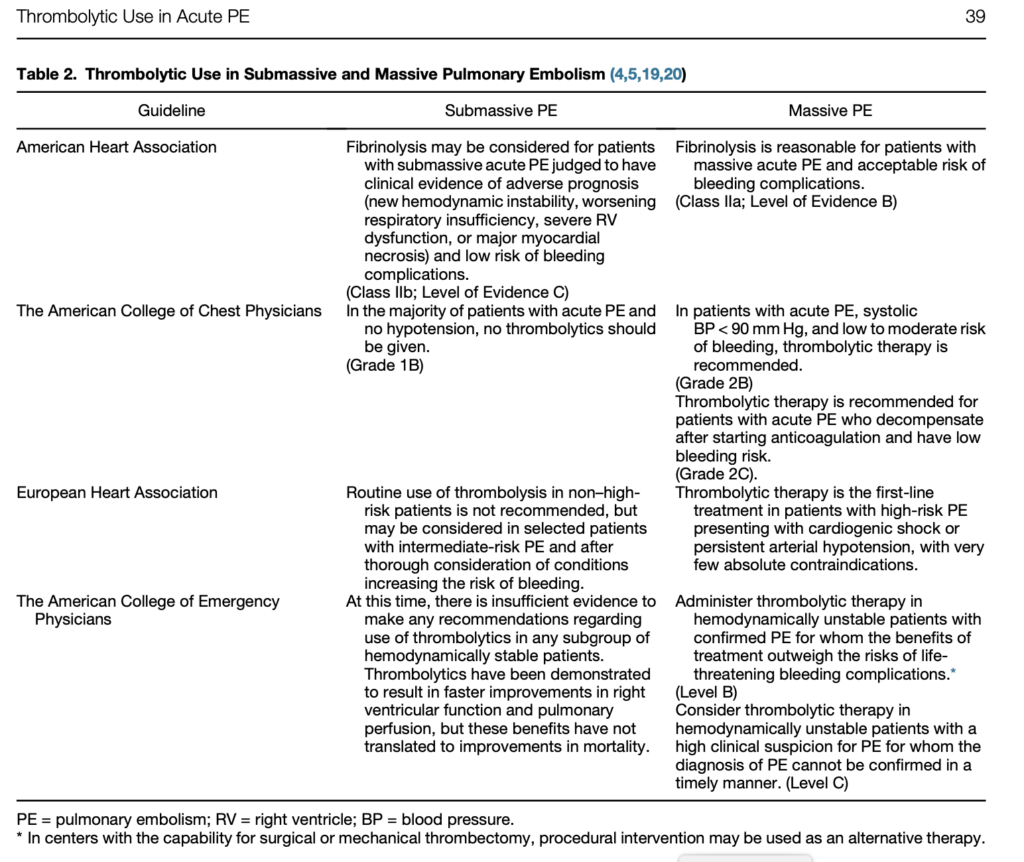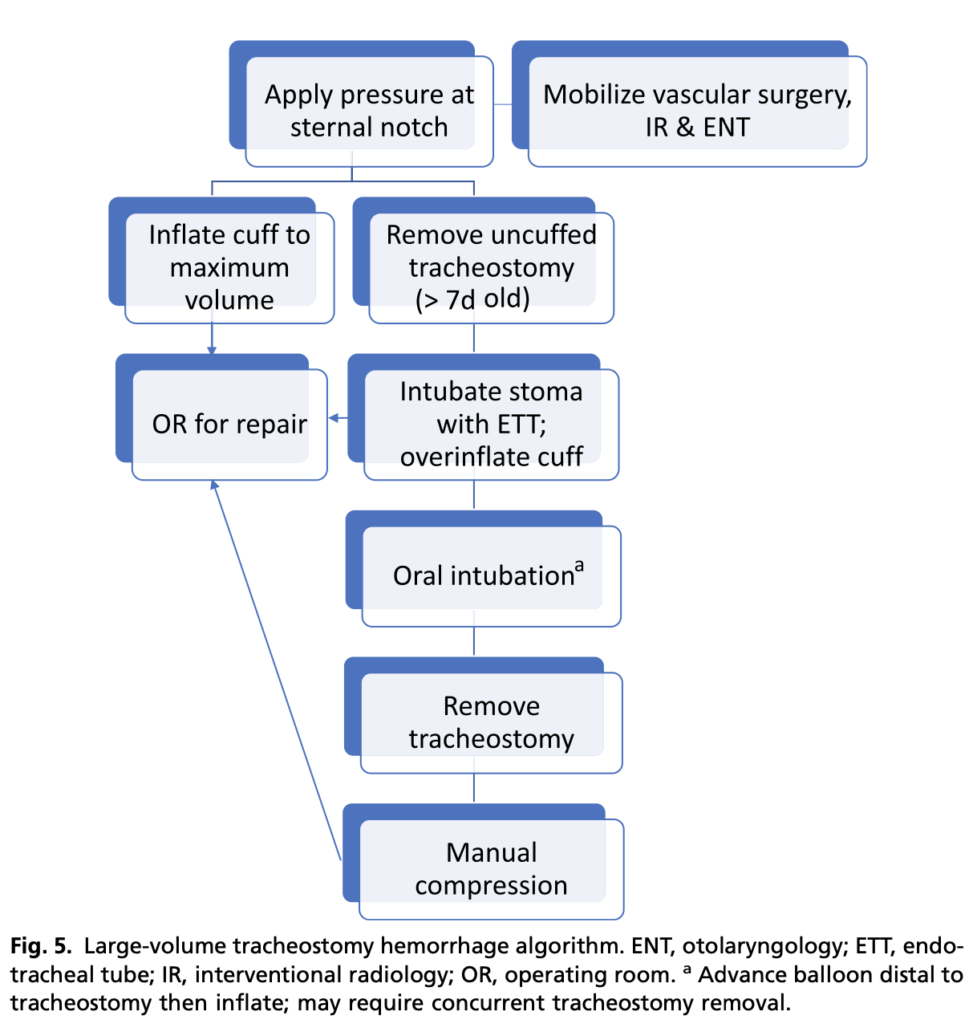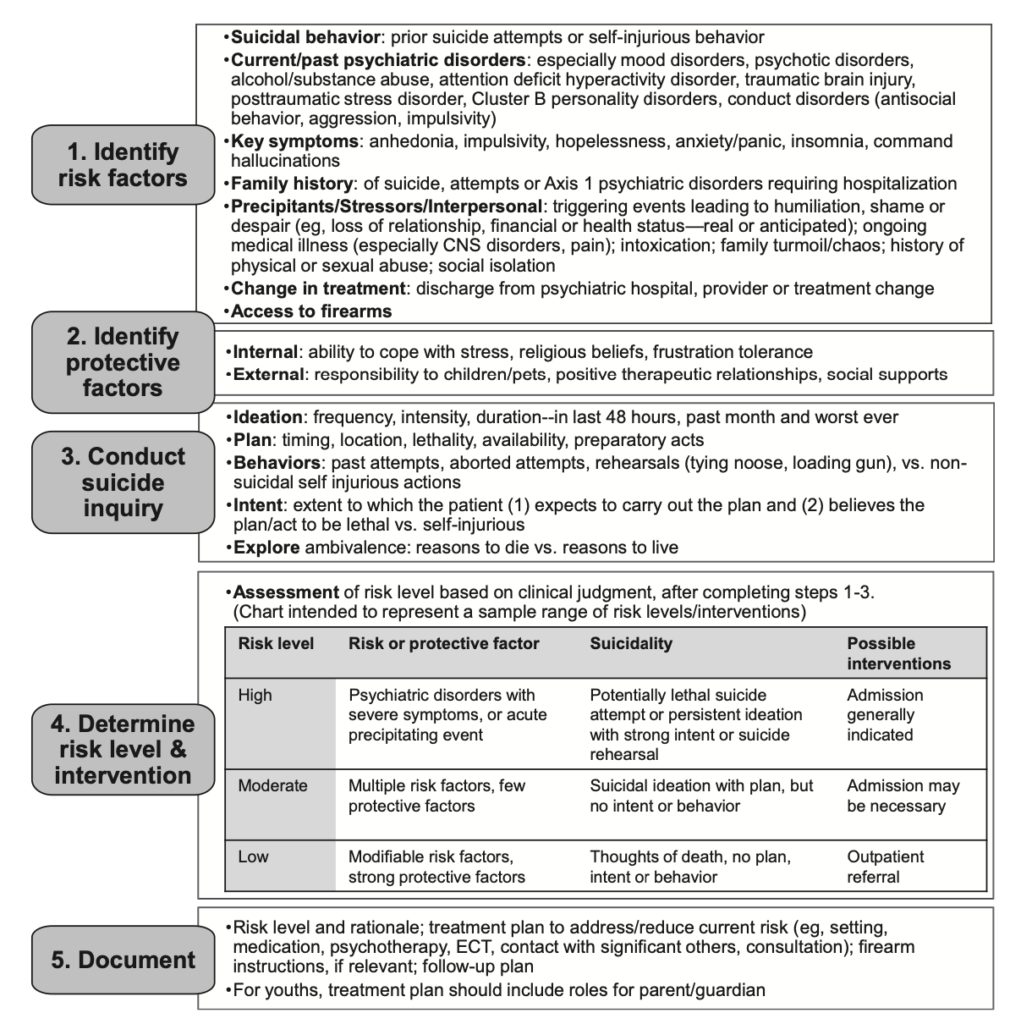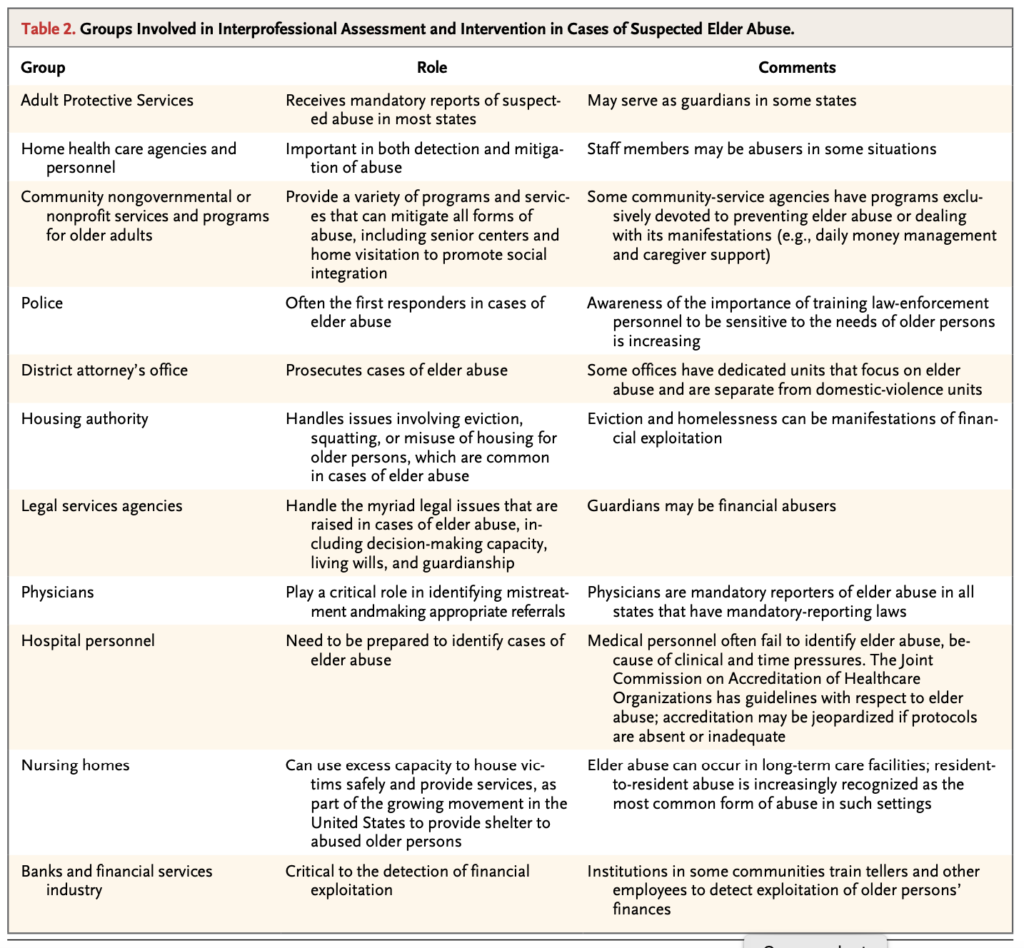Lightning Lectures – Guillain Barre, Myasthenia Gravis, Botulism
Guillain Barre – Dr. Tyler Bayers
-Immune system attacks myelin sheath causing ascending paralysis
-Progressive, mostly symmetric muscle weakness with absent or decreased DTRs
-Clinical diagnosis with CSF support showing albuminocytologic dissociation (increased CSF protein with normal CSF WBC)
-Monitor for signs of respiratory failure
-Treatment with IVIG; can also do plasma exchange
Myasthenia Gravis – Dr. Blaine Jordan
-Autoimmune NMJ disorder of postsynaptic Acetylcholine receptors causing fluctuating skeletal muscle weakness/true muscle fatigue.
-Highly associated with thymus disorders (thymoma); consider chest CT
-Often presents with ocular myasthenia, but can be weakness of any muscle group, often see ptosis, expressionless face
-Avoid drugs that can worsen MG – ex. fluoroquinolones, macrolides, aminoglycosides, beta blockers
-Infection, pregnancy can cause MG crisis – look for them
-In MG crisis, initiate steroids in ED; consider intubation as meds for crisis take days to work and could worsen prior to meds taking effect
Botulism – Dr. Avery Newcomb
-Clostridium bacteria with botulinum neurotoxin blocking presynaptic Acetylcholine release causing symmetric and descending flaccid paralysis
-Different types: Infant botulism involves ingestion of spores that colonize GI tract and release toxin produced in vivo; food borne botulism occurs after ingestion of food contaminated with preformed botulinum toxin; wound botulism with in vivo production of neurotoxin.
-Sxs may range from minor cranial nerve palsies associated with symmetric descending weakness to rapid respiratory arrest.
-Clinical diagnosis – tests take days to result. Botulinum antitoxin should be given as soon as suspected for age > 1 year. Botulinum immune globulin (BabyBIG) for infants <1 year of age.
Procedure Sim: LPs Dr. Mary Jane Schumacher and Dr. Dhruv Patel
-LP either left or right lateral decubitus position or sitting up
-Landmarks midline of spinous processes and anterior iliac crests = L4; go a space above or below (L3-L4, L4-L5 interspace). Ultrasound can assist in identifying landmarks. Prep and drape the patient. Use local anesthesia. Prepare manometer and collection tubes. 20-22 g spinal needle with stylet, aim towards umbilicus. Bevel edge should be parallel to the ligament fibers (bevel up when patient on side, to right or left when sitting up). Once in Subarachnoid space, obtain pressure then collect 1 cc of fluid in tubes.
-Layers needle goes through: skin, subcutaneous tissues, supraspinous ligament, interspinous ligament, ligamentum flavum.
-Tubes: 1) cell count and differential, 2) gram stain, cultures 3) glucose, protein, 4) cell count and differential; tube 3 and 4 can be used for special tests or additional cultures
tPA pharmacy lecture – Dr. Jade Daugherty
-Alteplase FDA approved for acute PE, acute ischemic stroke, STEMI (not preferred agent), central line thrombosis; several other off label indications
-Half life ~5 min. Fibrinolytic activity persists for up to 1 hour after administration
-Adverse effects: bleeding (notably ICH), hypersensitivity and angioedema
-Stroke dosing: 0.9 mg/kg IV (max 90 mg). 10% as IV bolus over 1 min, 90% as continuous IV infusion over 1 hour. Different dosing for different indications, look up dosing.
-Before giving tPA: know BG (<50 or >400 then correct and re-assess), blood pressure (<185/110 prior to tPA, <180/105 after administration), CT head without contrast, last known normal, and a good story.
-Several contraindications – use MD calc to go through list
-Excellent resource: AHA/ASA Guidelines for the Early Management of Patients with Acute Ischemic Stroke: 2019 Update to the 2018 Guidelines for the Early Management of Acute Ischemic Stroke
-“Blood thinners” – antiplatelets are ok, warfarin with INR < 1.7 ok, prophylactic AC is ok, Direct Thrombin inhibitors and Xa inhibitors: check labs (INR, aPTT, platelet, TT, and anti Xa level) if last dose >48 hours and normal renal function then ok for tPA otherwise likely not. Glycoprotein IIb/IIIa inhibitors also not ok.
-Trials over the years: NINDS-II and ECASS-III showed disability benefit but after re-adjusting for baseline imbalances, no benefit showed.
-Wake Up Trial: in patients who awake with stroke sxs or have unclear time of onset >4.5 hours from LKN, MRI to identify diffusion positive FLAIR negative lesions can be useful for selecting those who can benefit from IV alteplase administration within 4.5 hours of stroke symptom recognition.
-If ICH after tPA administration: stop tPA infusion, emergent CT head, Labs including CBC, PT, INR, aPTT, fibrinogen level, type and cross. Cryoprecipitate: 10 U infused over 10-30 min, administer additional dose if fibrinogen level <150 mg/dL. TXA 1000 mg IV infused over 10 min.
Neuro Exam – Dr. Jeremy Thomas
-If neuro complaint, fever, sxs that don’t make sense, need full neuro exam. Lots of info below, some of the highlights included.
-GCS score in setting of trauma: Eyes 4, Verbal 5, Motor 6
-Low GCS: Do the DON’T: D: Dextrose, O: Oxygen, N: Narcan, T: Thiamine
-Pupillary response: reactive (no brainstem involvement), fixed and dilated (anoxic encephalopathy, exclude anticholinergics), one dilated (herniation with CN III compression or nerve lesion). Small and reactive – usually metabolic or toxic causes; consider thalamic or pontine infarcts
-Testable pupil findings:
Argyll Robertson Pupil (tertiary syphillis, selective damage to pathways from retina to edinger-westphal nucleus) “Prostitute pupil” – accommodates but does not react. Light near dissociation.
Marcus Gunn (total lesion of optic nerve/CN II). De-afferented eye. no response to direct light, constricts to light stimulus in other eye.
Horner’s syndrome (sympathetic denervation), ptosis, miosis, anhydrous. Trauma, stroke, carotid dissection/aneurysm.
Central Lesions – cause contralateral deficits of face and body (ex classic MCA stroke) and produce negative symptoms (ex. decreased sensation, decreased ability to speak); but cerebellar lesions can cause positive symptoms such as nausea/vomiting, nystagmus.
Midbrain Lesions: contralateral hemiplegia, ipsilateral CN III and IV findings
CN III: Oculomotor nerve, pupil size, raising eyelid, most movement of eye
CN IV: Trochlear nerve, movement of eye (superior oblique)
Eye innervation: LR6(SO4)AO3: Lateral Rectus CN VI, Superior Oblique CN IV, All Others CN III
Pons Lesions: contralateral hemiplegia, ipsilateral CN V, VI, VII, VIII findings
CN V: trigeminal nerve, sensation of face and muscles of mastication
CN VI: abducens nerve, lateral rectus as above
CN VII: facial nerve, movement of facial muscles and taste on anterior 2/3 of tongue
CN VIII: vestibulocochlear nerve, hearing and balance
Medulla Lesions: Contralateral hemiplegia, ipsilateral CN IX, X, XI, XII
CN IX: Glossopharyngeal nerve – taste on back 1/3 of tongue
CN X: Vagus nerve – ability to swallow, gag, some taste and part of speech
CN XI: Accessory nerve – move shoulders and neck, turn head from side to side/shrug shoulders
CN XII: Hypoglossal nerve: move the tongue
Cauda Equina: Compression of nerve roots in lumbar spine; loss of bowel or bladder control, saddle anesthesia, pain or weakness in lower extremities
DTRs – can help localize a lesion: Biceps C5/C6, Triceps C7/C8, Abdominal T8-T12, Patella L2/3/4, Achilles L5, Babinski S1/S2.
Grading: DTRs (0 absent, 1 decreased but present, 2 normal, 3 brisk and excessive, 4 with clonus). Strength (0 no movement, 1 flicker, 2 movement, 3 movement against gravity, 4 movement against resistance but weak, 5 normal).
Cerebellum: influences movement of voluntary movement, balance and equilibrium, muscle tone. Eyes open tests cerebellar. Eyes closed tests proprioception.
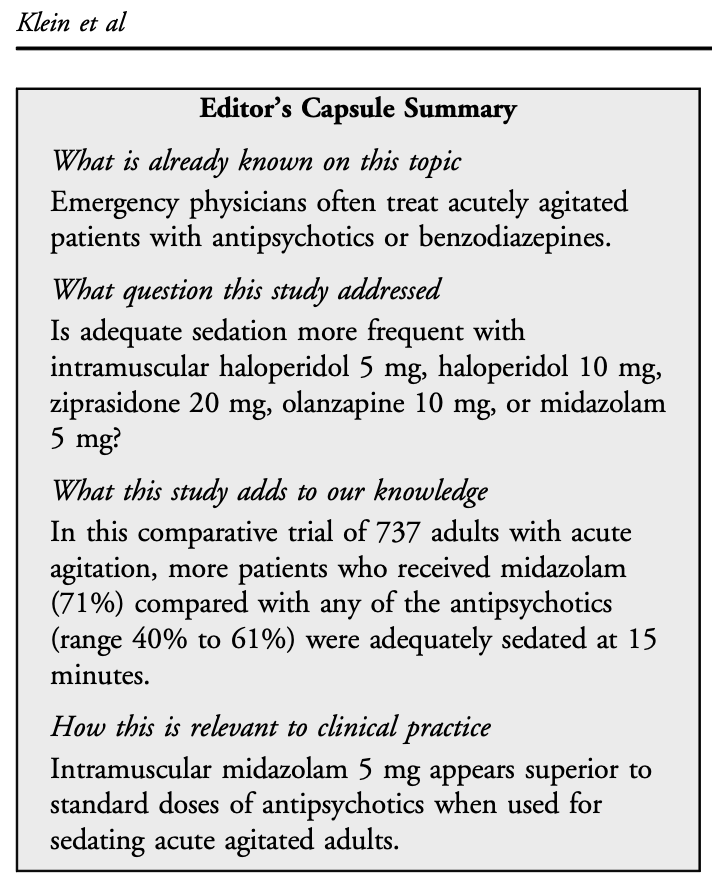


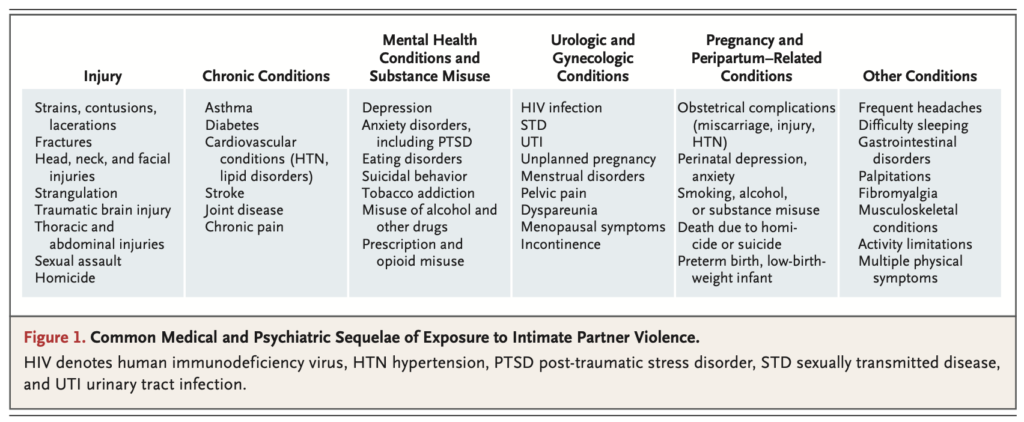
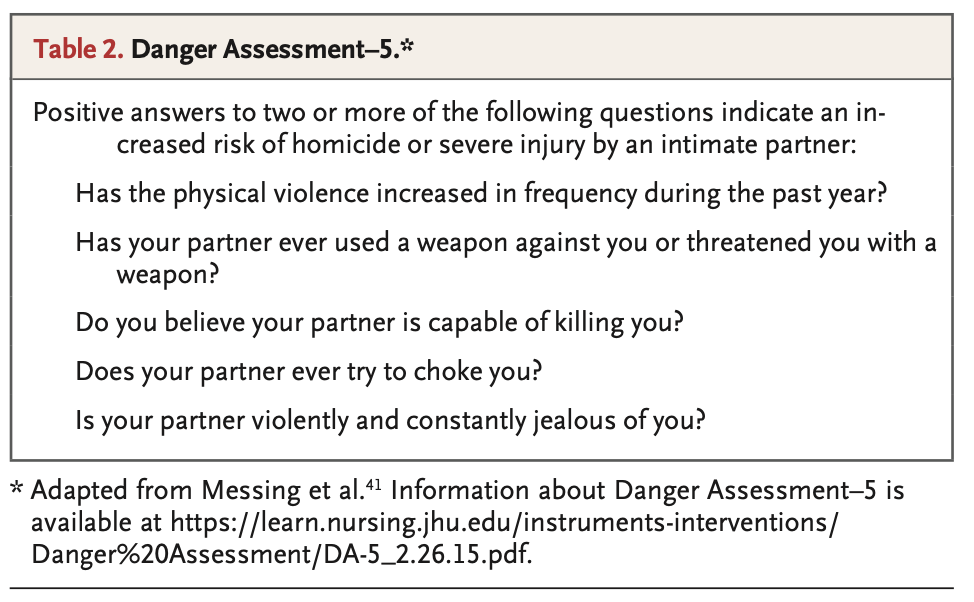
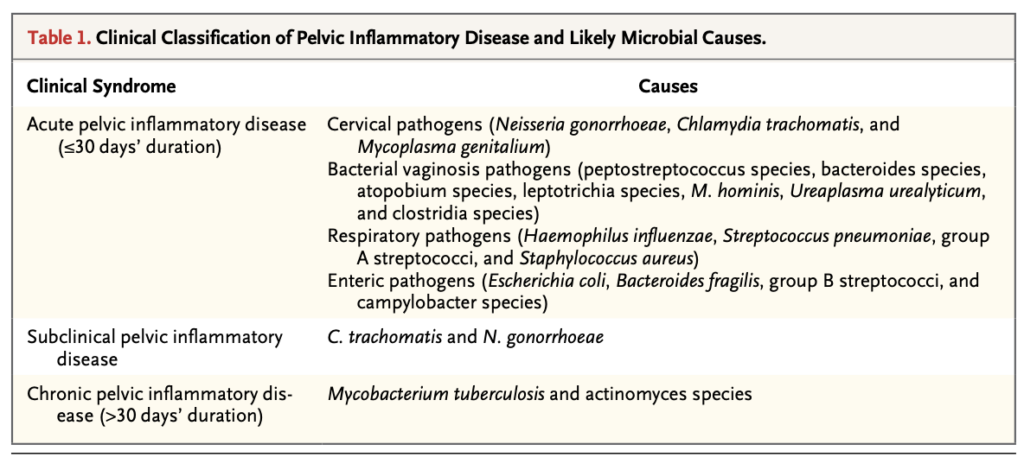
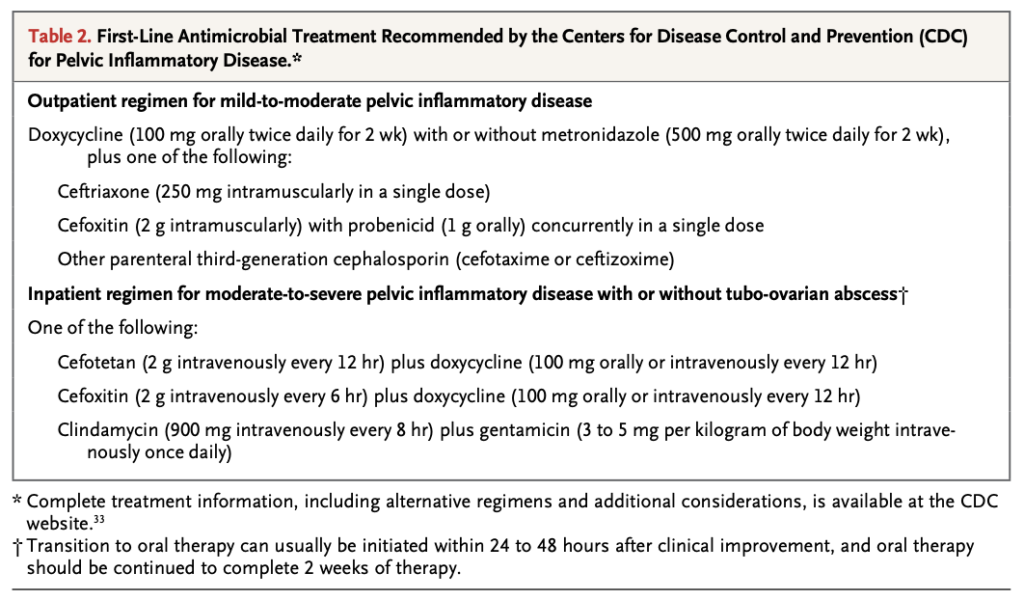

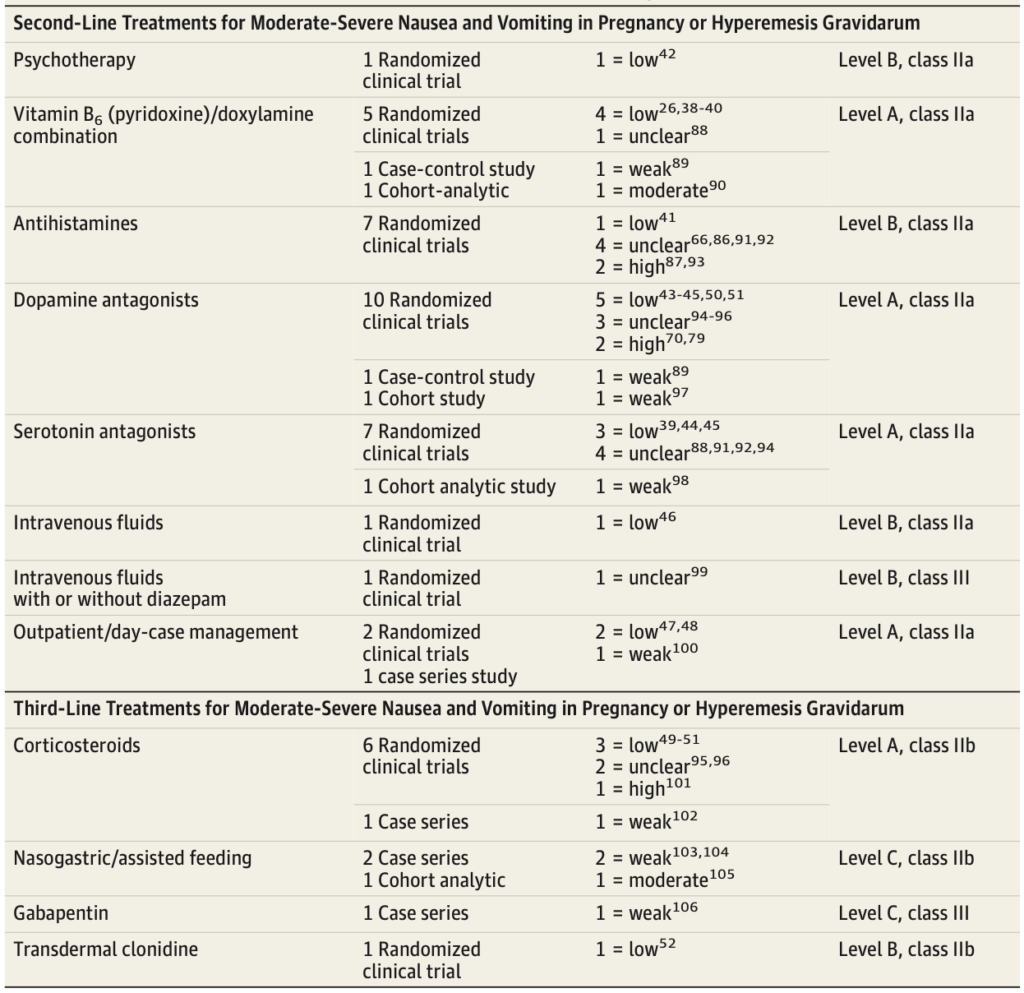
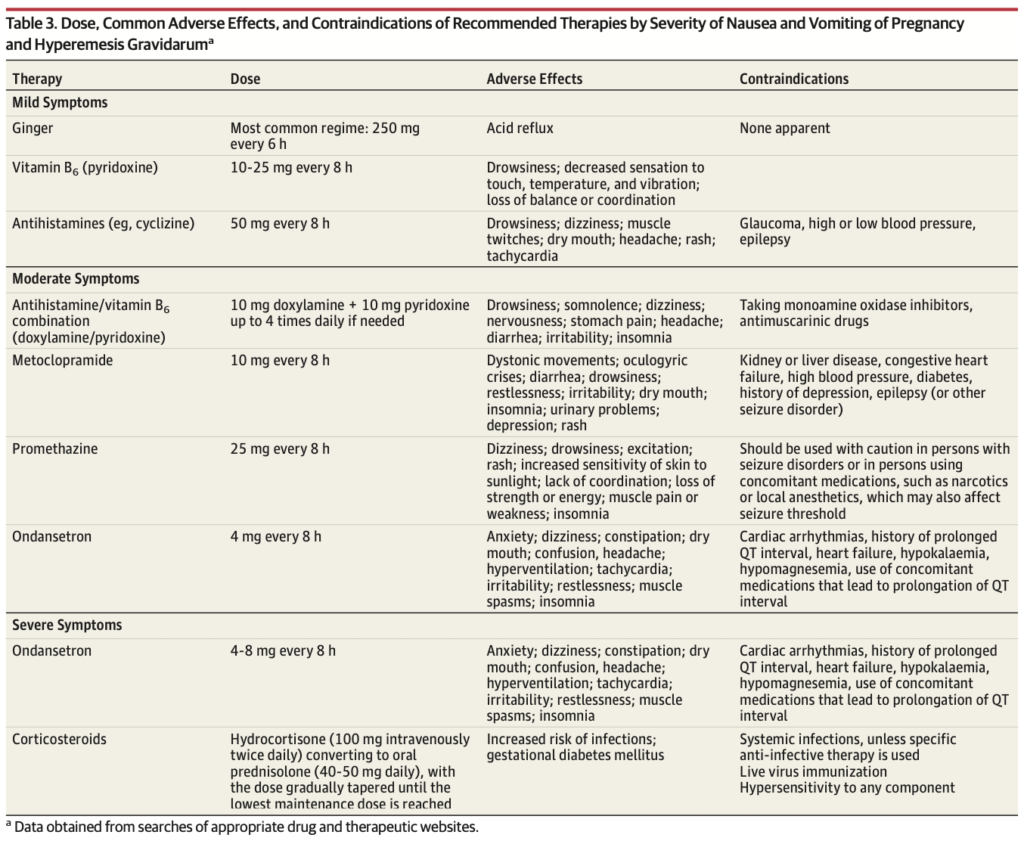
![Room9er ["Room Niner"]:](https://room9er.com/wp-content/uploads/2020/03/cropped-Screen-Shot-2020-03-08-at-3.16.16-PM.png)
